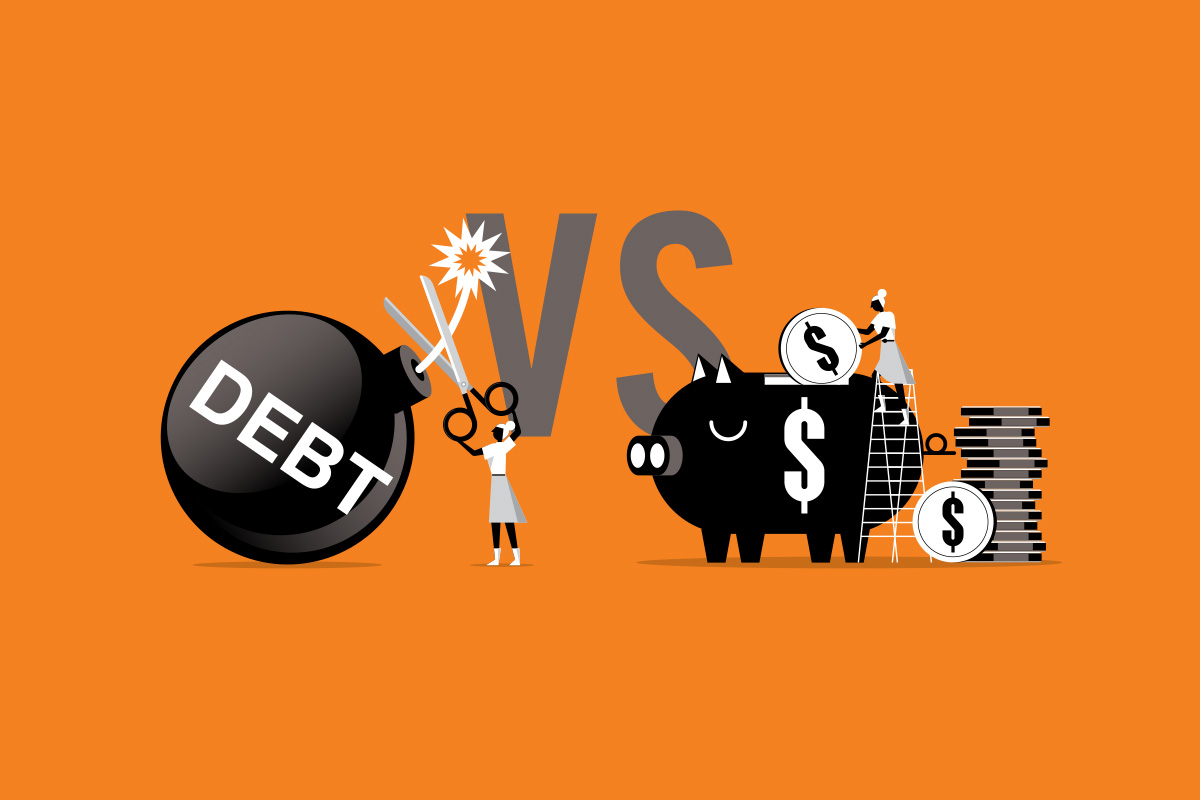
Retirement Savings 101: How to Plan, Contribute, and Grow Your Future Nest Egg
Planning for retirement is a crucial step in securing your financial future. With various retirement plans available, it’s essential to understand their features and benefits to make informed decisions.
Top Retirement Plans to Consider
Pre-Tax vs. Roth Contributions: What’s the Difference?
Understanding the distinction between pre-tax and Roth contributions is vital:
Choosing Between Pre-Tax and Roth
Your choice depends on several factors:
How Much Should You Save for Retirement?
One of the most common questions when starting out is: “How much should I be saving?” While the exact amount depends on your age, income, lifestyle goals, and how long you plan to work, there are a few helpful rules of thumb to get you started.
1. Start with the Employer Match
At the very least, you should contribute enough to your 401(k) or workplace retirement plan to get the full employer match. For example, if your company matches 100% of your contributions up to 4% of your salary, that’s essentially a 100% return on your investment—something you won’t find anywhere else. Not taking advantage of that is like leaving free money on the table.
2. Aim for 10% as a Baseline
A good general target is to save at least 10% of your gross income toward retirement. If you’re starting early in your career, this level of saving—consistently maintained—can position you well for a comfortable retirement. If you’re starting later, you may need to save more aggressively or adjust your retirement expectations.
3. More Than 10%? That’s Great
Anything you can save above the 10% baseline is icing on the cake. Saving 15% or more puts you in a strong position to weather market ups and downs, retire earlier, or have more flexibility in retirement. It also helps if you plan to take a more conservative investment approach or if your goals include travel, supporting family, or early retirement.
4. Balance Retirement Saving with High-Interest Debt
While saving for retirement is important, it shouldn’t come at the expense of your overall financial health. If you have high-interest debt—like credit card balances charging 15% or more—it often makes sense to pay that down aggressively first, or at least in parallel with retirement contributions up to the employer match. Why? Because the guaranteed return of eliminating that kind of debt is often higher than what you’d reliably earn from investing. Reference “Pay Down Debt or Invest?” on the Debt Management section of our Financial Planning Foundations page for more reading on this.
Think of it as a financial balancing act:
Saving for retirement doesn’t require perfection from day one—but it does require consistency and thoughtful prioritization. Starting early, contributing regularly, and adjusting as your financial picture improves will put you on a strong path forward.
Links
Curious how much you are on track to save? Use our Future Value Calculator: https://salingadvisors.com/calculators/future-value-calculator/


